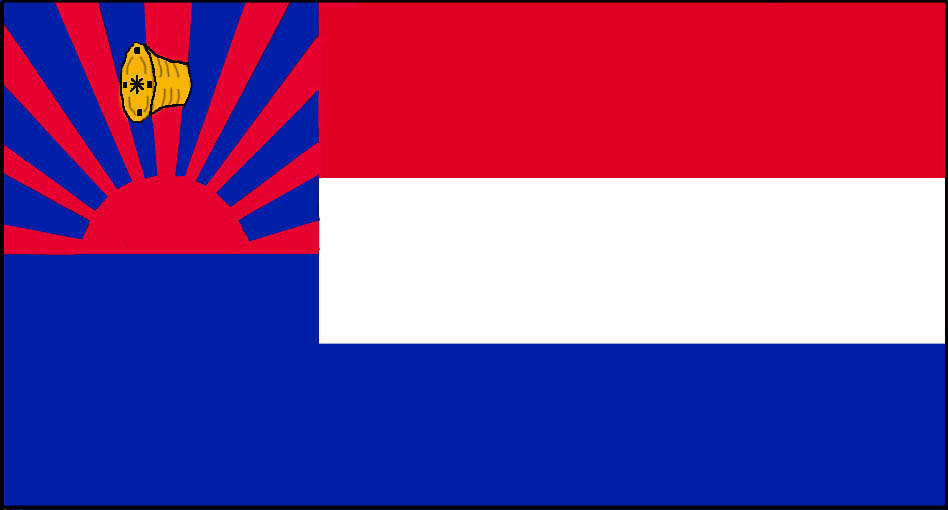The Karen People and Their Flag
The Karen people, pronounced Kah-Ren (emphasis on the second syllable), are an ethnic group accounting for approximately 7 percent of total Burmese population of 57.6 million people. It is the third largest ethnic group in Burma after the Burman and Shan people. Karen State is located along Burma’s eastern border with Thailand and has a population of approximately 2 million people, not all of them Karen, and actually, more Karen live outside of Karen State than in it. Tragically, the Karen people have been caught in a civil war between Burma’s ruling military government and various Karen rebel factions for over 60 years. During that time, the current flag, which was originally created by one of the rebel groups, has become a unifying symbol for many of the Karen people, living both inside and outside of Burma.
The different colours and shapes on the Karen flag are meant to symbolise the characteristics, the morality, and the aptitudes of the Karen People. As shown above, the flag has a rectangular shape. On the left top of the flag, there is a square-shaped box in which there is a picture of a rising sun having nine beams of light. Most versions contain the Karen drum, with some including frogs, and two buffalo horns in the center of the box.
According to oral tradition, the rising sun holds that the Karen nation will always shine to the world with brightness and success. There will be no sunset, which means that there will be no diminishing glory. The nine beams of the sun symbolise the nine different areas in Burma where Karen people constitute a majority. Rebel factions claim that the Karen people are entitled to self-governance in those areas.
The Karen drum is a well-known instrument used by the Karen in most of their traditional songs and dances (called the Karen Don Don Dance). It is meant to imply that the Karen are a peaceful people who strive to preserve a simple life rich with tradition. The buffalo horn instruments are meant to represent the unity of the Karen people. The horns were traditionally used in battle to warn of approaching foes or to gather warriors. The Karen people are traditionally a united, community-focused group which works together as a village. The frogs represent the prosperity enjoyed in Karen State. When frogs are heard croaking, it means that the rainy season has begun, trees will bear fruit, green grass will be available for pasturing animals, and the Karen people will begin planting.
|
The rest of the flag is divided into three horizontal stripes, red, white and blue. The red stripe symbolises the courage shared by all the Karen people. The elders would say “We Are Karen Red Blood,” which means the Karen people are not afraid to shed their blood for liberty. The middle white stripe represents purity, simplicity, and kindness, which are attributes stressed in all Karen communities, both Buddhist and Christian. The bottom blue stripe represents loyalty and honesty. Above all else, the Karen are fervently loyal to their families, their friends, and other Karen people.
|
In conclusion, the Karen people are a simple, unassuming, and peace loving people, who are taught from the earliest age to uphold the characteristics represented by the Karen flag. It is hoped by all that the Karen flag will someday fly over a land free from war and savagery and that it will serve to unify all of the Karen people.

